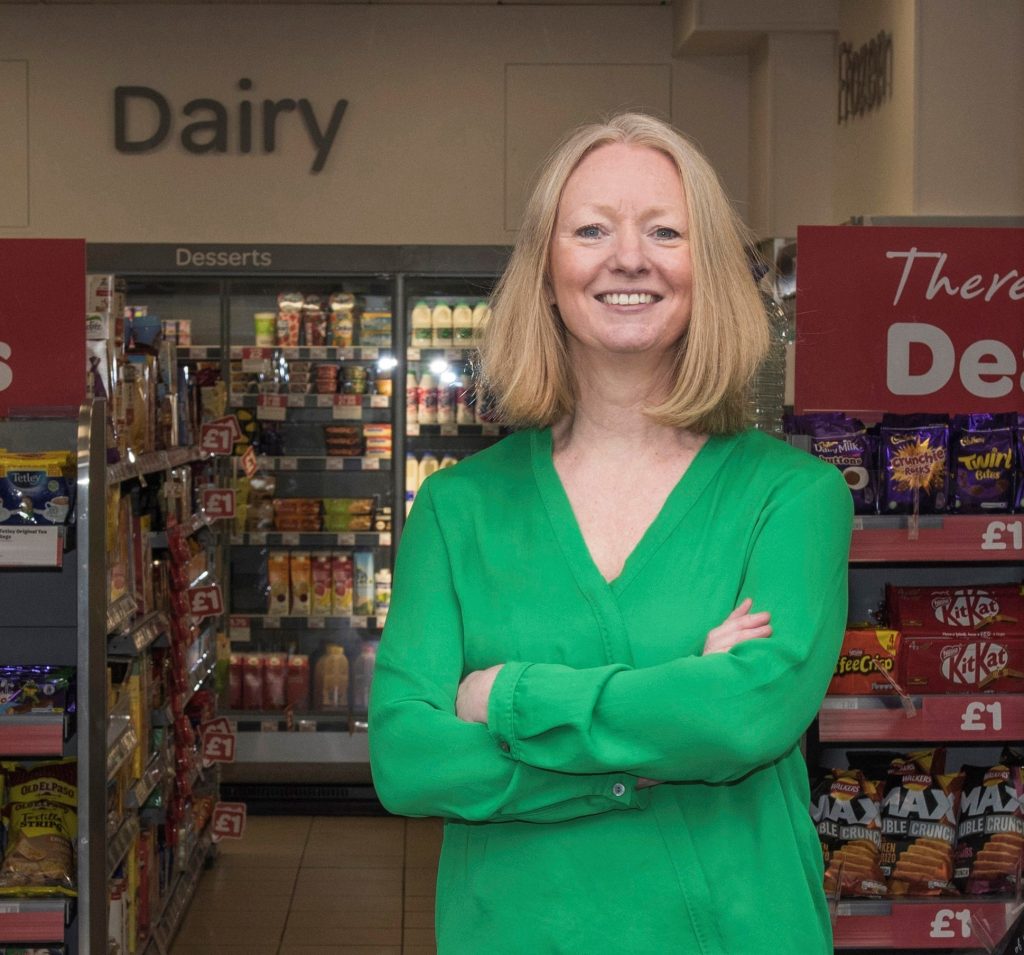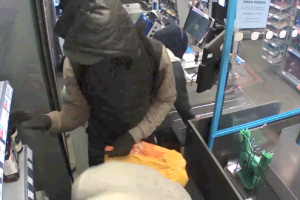As we move into 2022, things are not expected to go back to normal just yet, but Independent Retail News has spoken to some of the leading figures in the industry to find out what they think the coming 12 months is likely to hold.
Supply chains
“Next year will bring its own set of opportunities and challenges that will keep everyone on their toes, as we try to manage health and safety measures, customer expectations and supply chain matters,” says Louise Hoste, managing director of Spar UK. One of the big issues is likely to be rising wages, she says.
“Labour costs, which in a smaller business can be difficult to offset, are a big threat to the sector.” This will be compounded by competition from other employers, including the big supermarkets, who are already upping rates of pay.
“Many retailers are offering considerably higher wages to attract and retain workers, which makes it hard for smaller convenience businesses to compete,” Hoste says.
One of the biggest challenges of 2021 has been the disruption to deliveries and poor availability caused by bottlenecks in the supply chain – including driver shortages, CO2 production problems and issues sourcing raw materials such as cardboard and glass.
Says Hoste: “Problems in the supply chain have persisted since the pandemic started. Next year, availability in some product components and a shortage of delivery drivers could impact our industry and make it difficult for some stores to get stock.”
Seasonal demand
Those fears are shared by Dawood Pervez, managing director at Bestway Wholesale, owner of Costcutter, Best-one and Bargain Booze.
He says: “The disruption now being evidenced in the supply chain due to labour shortages looks set to continue and there will undoubtedly be crunch times where seasonal demand creates pinch-points alongside these shortages – and we have yet to see the full impact of wage inflation.”
James Lowman, chief executive at the Association of Convenience Stores, agrees: “We can expect supply shortages – both for products and people – to continue in 2022 and maybe get worse as further aspects of the UK’s exit from the EU are implemented.”
He says: “These shortages are part of the reason why 2022 will see higher inflation than we have grown used to. Retailers will have to thread the needle between showing value to customers who are hard-pressed and watching the pennies while making a viable margin as product costs increase.
“This is the time when the trading and business skills of our industry will be tested, and I’m confident retailers will tackle this challenge really effectively.”
Pervez at Bestway also sees food price inflation as a major concern, along with its impact on consumer behaviour. “As price inflation hits the average basket value, we can expect to see more emphasis on ‘value spend’ and customers will inevitably look for different ways to shop to get them to the best value.”
New regulations
A further impact on consumer behaviour is likely to come from the new rules on promoting and siting products that are high in fat, salt and sugar (HFSS).
“These changes will loom large for retailers ahead of their planned introduction in October 2022,” says Lowman. “Unaffiliated independents will be exempt, while symbol stores are likely to be hit by the regulations, and the first three-quarters of 2022 will see lots of discussions among suppliers, wholesalers and retailers about how to comply. Lots of the products we sell are impacted.”
Pervez says: “We anticipate consumer behaviour and demand will start to change with the introduction of HFSS. We shall be working closely with our retailers to provide healthy options for consumers while ensuring the range is a commercially viable option for our retailers to support their profits.”
Despite these headwinds, industry leaders expect 2022 to also be full of opportunities for independent retailers as they benefit from the increased footfall seen during the pandemic.
“The shift in consumer behaviour and how they shop opens up a huge opportunity for the convenience sector,” says Hoste at Spar UK. “Shoppers have got used to using their local stores more. Speedy developments in retail technology have meant that shopping, collections and deliveries can be made from local stores. Customers want convenience and the pandemic has forced every retailer to create a digital presence.
“Whether it’s offering an online home delivery service or promoting a store on social media platforms, consumers expect engaging shopping experiences and are familiar with this hybrid retail model. The key for retailers now is personalisation and blending these digital and physical experiences to meet consumer expectations.”
Online shopping
John Miller, head of franchise for One Stop, says: “With the pandemic, we have noticed a clear shift in customer trends, which have changed the ways customers want to shop for their everyday needs. Shoppers want excellent-quality fresh items and exceptional customer service when visiting the stores. Simply, they are demanding more because their habits have changed.
“We have also noticed incredible online shopping growths. Some of our franchisees are using systems such as Snappy Shopper and Deliveroo to appeal to a wider range of customers.
“This service again, demands value and attracts customers that normally wouldn’t visit the store on foot. This is something more retailers will have to think of going forward. All these trends are opportunities to grasp hold of and drive sales and profitability for retailers.”
Lowman says: “We’ve learned enough over the past couple of years to be cautious about heralding 2022 as a ‘return to normal’ or ‘post-Covid’. But consumer behaviour is settling down and 2022 will be about converting shoppers who joined you in the pandemic to be long-term customers.
“One of the ways we can do that is through continuing to offer delivery services, where we are facing growing competition from quick-commerce operators. Are these friends, foes or partners for convenience stores? 2022 should see us get closer to finding out the answer.”
Platinum Jubilee
Further opportunities will come from a series of events taking place during 2022, including the Queen’s Platinum Jubilee in the summer and the football World Cup taking place in Qatar during November and December.
More widely, industry leaders expect the focus on plant-based foods to continue, as well as the increased demand for meal-for-tonight solutions.
“Another highlight for next year will be the continued emphasis on fresh food for our convenience stores, where consumers are looking for fresh products and ingredients to cook from scratch and fresh meal options,” says Pervez.
Hoste concludes: “Next year will be tough, ever-changing but a positive year. We have shown communities the value of independent local stores.
“Symbol groups and convenience stores are best placed to really understand our local customer needs and deliver on these. We need to stay innovative, agile and true to our customers in order to prosper.”
By David Shrimpton, Editor
 Talking Retail Grocery and product news for independent retailers
Talking Retail Grocery and product news for independent retailers






